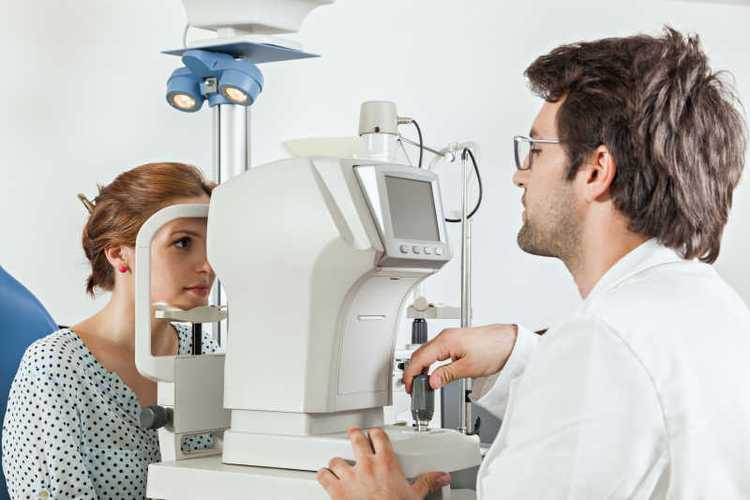The eyes are one of our most important senses, playing a vital role in receiving information from the surrounding world. Maintaining good vision is essential for daily life, learning, and work. Regular eye exams help individuals understand the health of their eyes, detect potential issues, and take appropriate care measures. Eye tests are not only for determining whether corrective lenses are needed—they are also an important part of maintaining eye health and preventing vision problems.

1. Visual Acuity Test
This is the most common eye test, where individuals read letters or symbols of varying sizes to assess clarity of vision. Visual acuity tests can quickly identify nearsightedness, farsightedness, or astigmatism.
2. Refraction and Prescription Tests
Refraction and prescription tests determine whether corrective lenses are required. Using specialized equipment, professionals can measure the precise lens power needed to support clear vision.
3. Intraocular Pressure Test
Measuring eye pressure helps detect conditions such as glaucoma early. Abnormal eye pressure may not immediately affect vision, but long-term undetected changes can harm the optic nerve, making regular monitoring important.
4. Visual Field Test
Visual field tests assess the eye’s ability to perceive the surrounding environment. They can help identify issues with the optic nerve or retina, providing valuable information for further examination.
5. Fundus Examination
A fundus exam allows professionals to observe the retina, optic nerve, and blood vessels. This is important for detecting early eye conditions such as retinal changes or vascular abnormalities.
Conclusion
Regular eye exams are a key step in maintaining healthy vision. Using a variety of scientific methods, individuals can gain a comprehensive understanding of their eye health, detect potential problems early, and take appropriate care measures. Incorporating eye exams into routine health management helps maintain clear vision and a high quality of life.